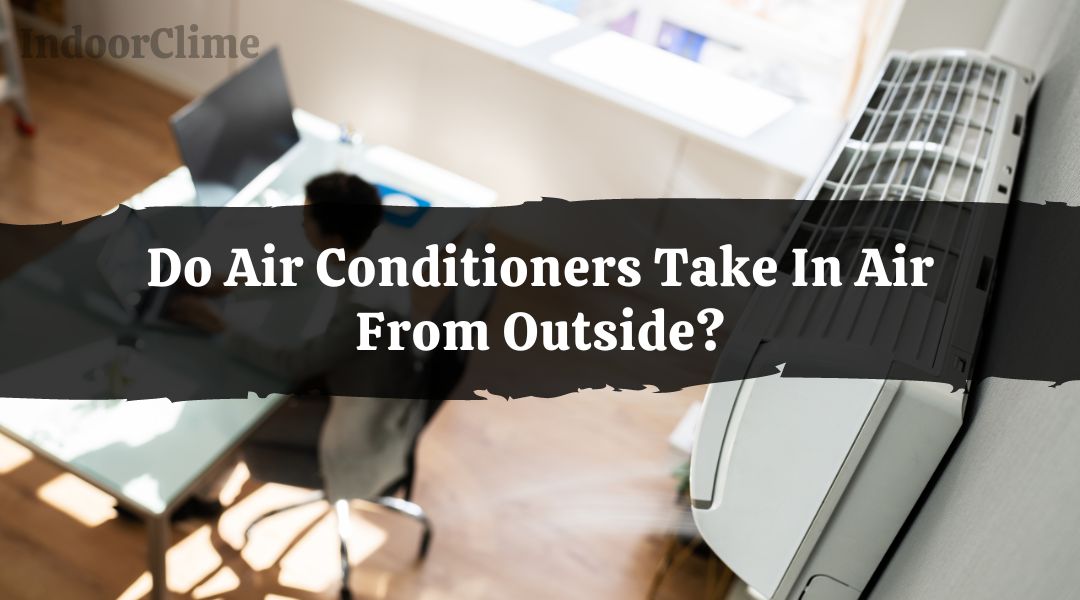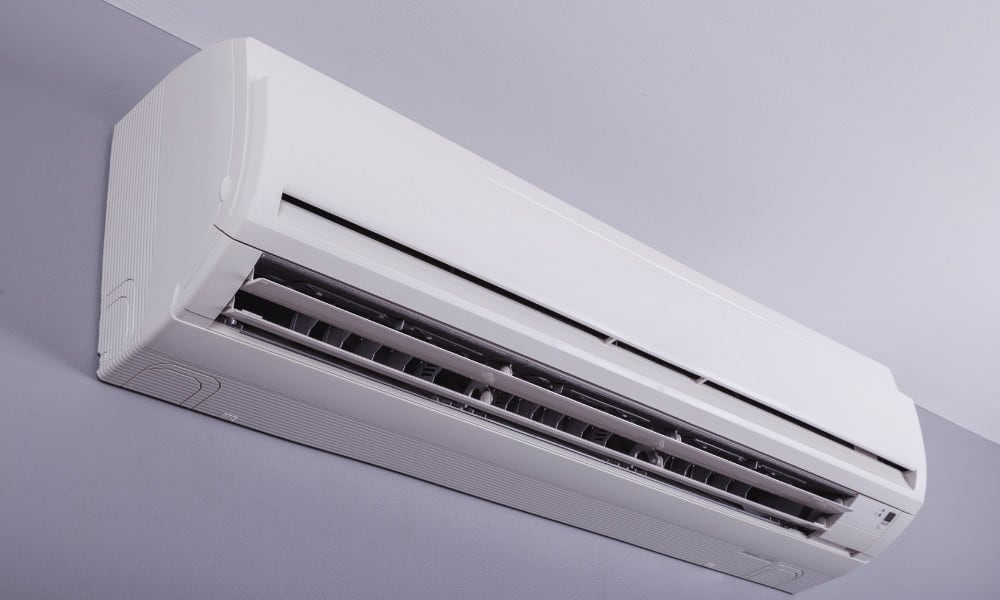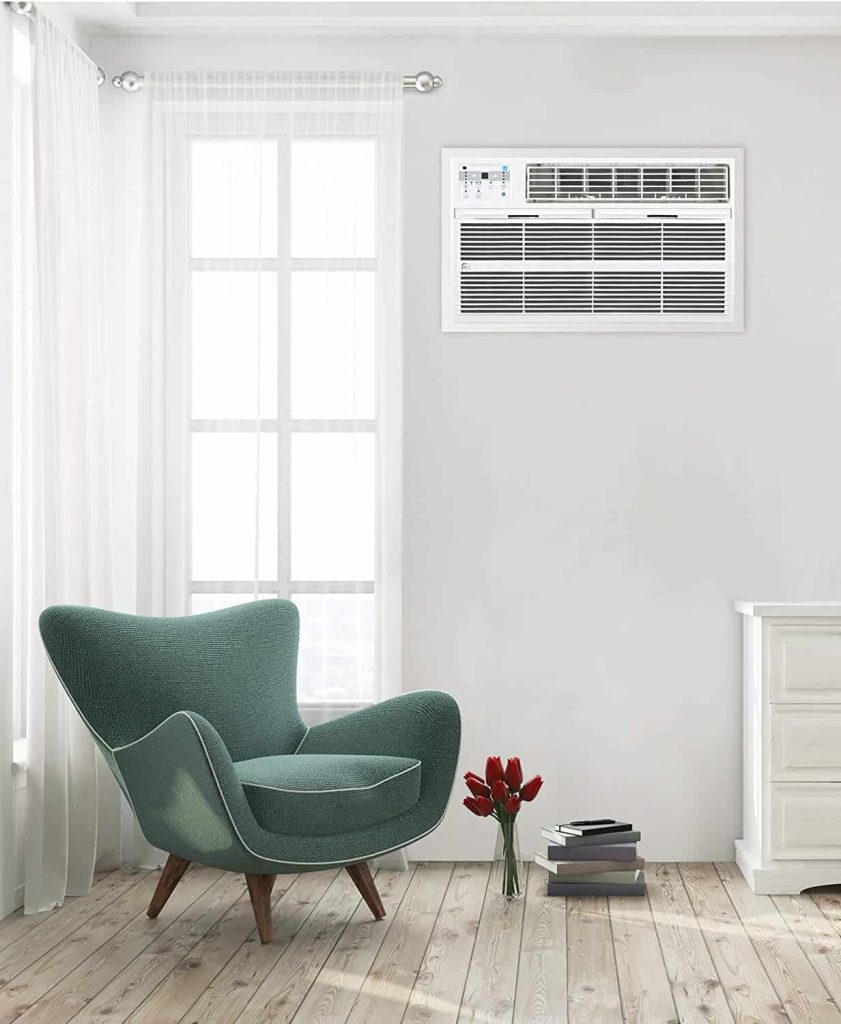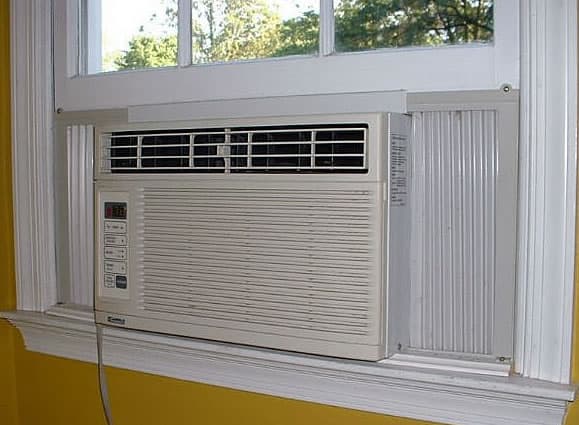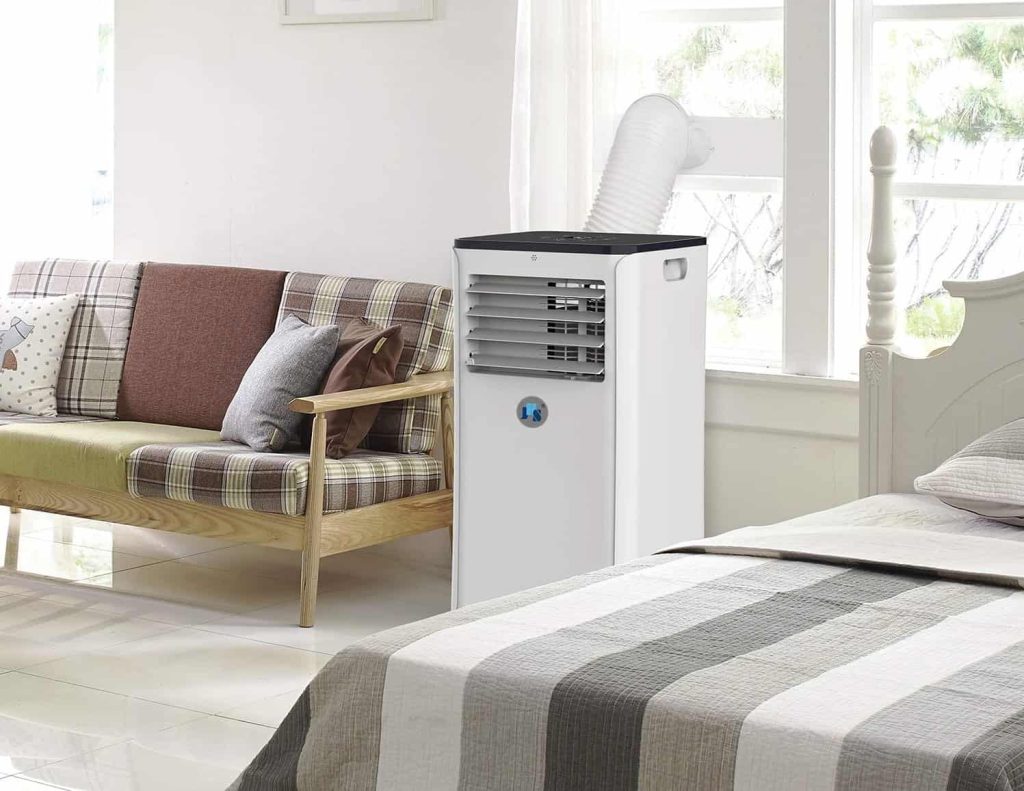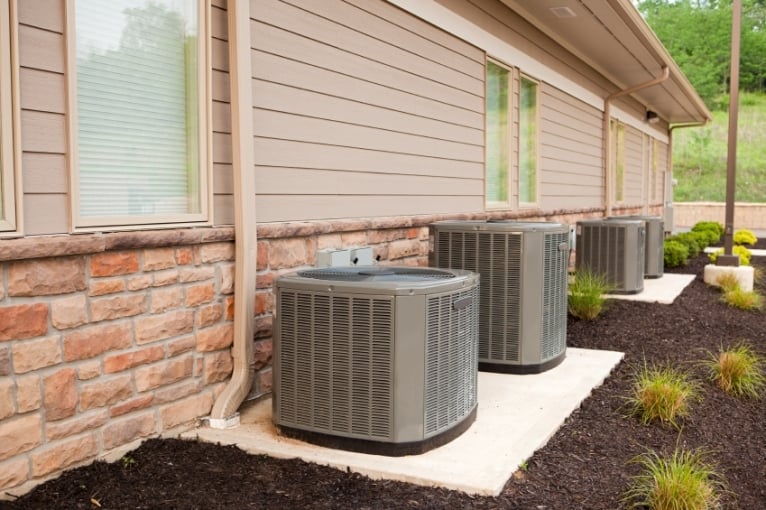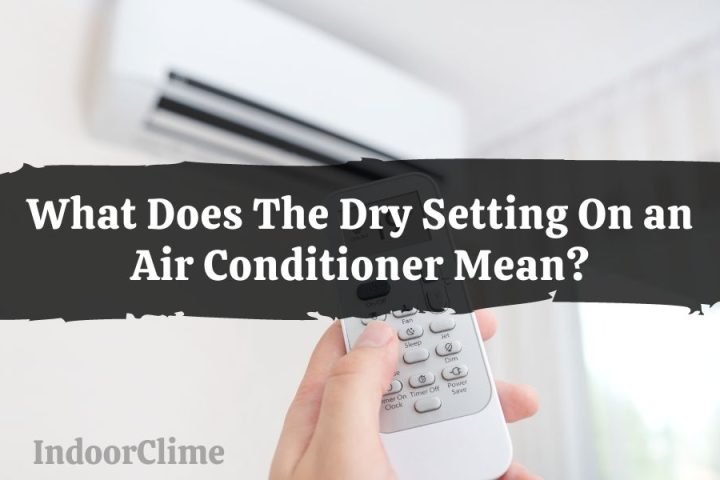Air conditioners are essential to keep the house cool because they help remove the humidity. Keeping the home comfortable during hot weather also keeps mold and mildew at bay. However, operating an air conditioner remains a mystery for many.
Air conditioners do not take in air from the outside. Though the equipment is placed outside, it uses refrigerant to cool and dehumidify the air inside the home. The air passing over the coils helps cool and dehumidify the air within the space.
This article will tackle the kinds of air conditioners and their essential operation to help you understand how it works and what benefits they can bring to your home.
Do Air Conditioners Take in Outside Air?
Air conditioners are becoming common for homes and commercial spaces in Arizona, Louisiana, and Florida. In these states, summer temperatures range between 75 degrees Fahrenheit to 105 degrees Fahrenheit.
It’s no wonder why since the weather can get so hot and humid, making it unbearable to stay indoors without air conditioning. An air conditioner with about 5,000 BTUs is usually sufficient for smaller households. Larger homes or those with higher ceilings may require a unit that’s 10,000 BTUs or higher.
But how do these air conditioners work?
The truth is, air conditioners don’t take air outside the space. It uses refrigerant to cool and dehumidify the air inside the home. The air passing over the coils helps cool and dehumidify the air within the space.
The refrigerant is a liquid that evaporates at a low temperature and condenses at a high temperature. When the refrigerant evaporates, it absorbs heat from its surroundings. The compressor then squeezes the refrigerant gas to raise its temperature.
As the refrigerant passes through the coils, it releases the heat absorbed earlier. The fan then blows over the coils to distribute the cool air.
Where Do Different Types of Air Conditioners Get Air From?
Despite your unit looking like it’s taking air outside, air conditioners generally don’t take air outside the confines of the space where it is placed.
The air conditioner may vary depending on the user’s preferences and room size.
Mini-Split Air Conditioner
Two parts are inside a mini-split AC unit: a condenser and an evaporator. The power cable, suction, refrigerant tubing, and drainpipe are within the conduit. From here, it is linked to the outdoor and indoor units.
A mini-split air conditioner is an excellent option for cooling a single room or space. It doesn’t require significant ductwork and can be placed inconspicuously in the room.
Wall-Mounted Type Air Conditioner
A wall-mounted air conditioner is exactly as it sounds: an air conditioner unit mounted on the wall takes up less space than a window-mounted unit and is ideal for cooling smaller rooms or spaces.
As with the mini-split air conditioner, a wall-mounted unit doesn’t require any ductwork. It comes with remote control, making it easy to operate.
Window Air Conditioner
A window air conditioner is placed in the window to cool a room. Despite its location, this air conditioner does not draw air from the outside.
It has two fans that draw ambient air inside the room and another for blowing cooled air. Window air conditioners are one of the most common types used in homes.
They’re relatively easy to install and don’t require any ductwork.
Portable Air Conditioner
The portable air conditioner is another great option that doesn’t require any ductwork. As its name suggests, you can place this air conditioner anywhere in the room. It features four caster wheels to maneuver the equipment from one room to another easily.
Many homeowners have this type of unit because of its portability and convenience. Moreover, it’s generally less expensive than other types of air conditioners.
Central Air Conditioner
A central air conditioner is usually installed in homes with a forced-air heating system. It consists of an outdoor compressor/condenser and an indoor air handler. The air handler is usually in the attic, crawl space, or basement.
Ductwork is required for this type of unit and is generally more expensive than other air conditioners. However, a central air conditioner is an excellent option for cooling the entire home, and it’s also tranquil with a remarkable cooling capacity.
The best air conditioner for your home depends on your preferences and needs. If you want an inconspicuous unit that doesn’t require any ductwork, then a mini-split or wall-mounted air conditioner will keep your space aesthetically cool for the summer.
Do Air Conditioners Need Air from Outside?
Air conditioners don’t need air from outside to function correctly. Most air conditioners draw air from the room and recycle it back into the room.
An air conditioner only needs outside air when venting heat that it has removed from the indoor air. A small amount of air is drawn into the system, cooled, and then released back into the room.
In short, air conditioners don’t need air from outside to work, but they do need a small amount to vent the heat they’ve removed from the indoor air.
Air vents in these units tend to wear out after a few months to years, depending on your usage. In this case, blocked vents caused by a faulty air conditioner will limit the amount of airflow. Limited airflow prevents ambient air from entering the system, affecting its cooling efficiency.
Inefficient units tend to work a few more times before it starts to prevent other parts of the system from working. Depending on the severity of the issue, it might be something you can fix.
Air conditioner units will have difficulty drawing surrounding air when the filters are damaged or dirty. To avoid this, you can remove the filters and clean them with soapy water at least once a month.
It’s also essential to keep the area around your air conditioner free from debris and dust to function correctly.
If you have an older model, it might be time to upgrade. Newer models are designed with better features and are more energy-efficient, ensuring you get the most out of your unit.
Check for ENERGY STAR labels if you’re looking for a new unit. These indicate that the unit you’re purchasing meets the U.S. Environmental Protection Agency (EPA) energy-efficiency guidelines.
You will save money on your energy bills but also do your part to protect the environment.
If you notice your vents looking worn out, it’s good to have them replaced by a professional. This way, you can ensure your air conditioner is working efficiently and won’t cause any damage to your home.
Do Air Conditioners Bring In Fresh Air From Outside?
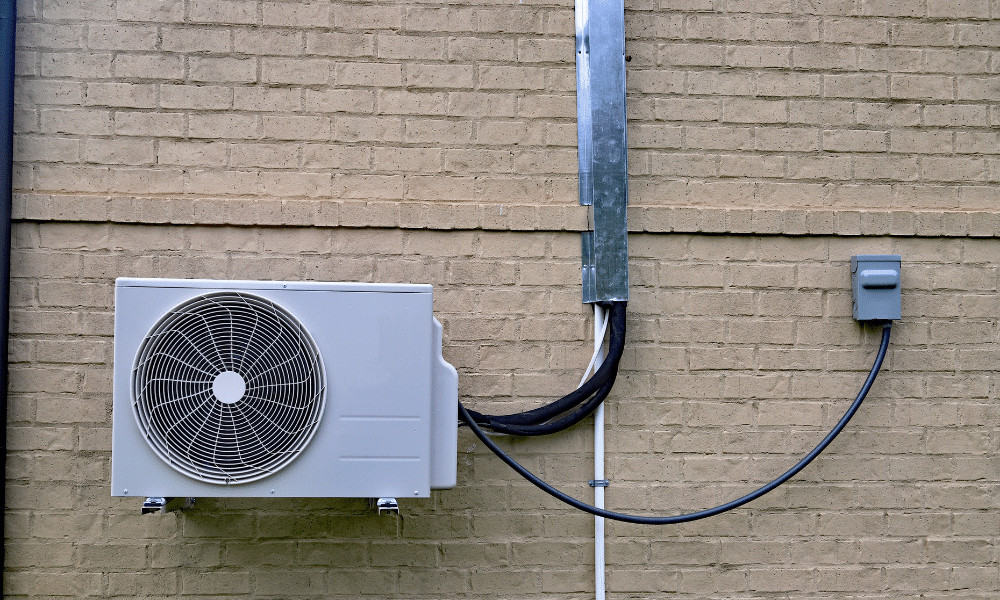
Air conditioners don’t bring in fresh air from outside. Instead, they recycle the air from the room to create a cool and comfortable environment.
Air conditioning units come in various sizes and functions but operate similarly. As you turn on your AC unit, air comes in from the surrounding area and is pulled into the system.
Once inside, the air is cooled by a refrigerant and circulated back into the room. This process continues until the desired temperature is reached.
While your unit is running, you might notice that the air feels stuffy, and this is because the system isn’t bringing in fresh air from outside.
You can open a window or door to let in some fresh air to combat this. You can also use a fan to circulate the air and make the room feel less stuffy.
Another way to bring in fresh air is by using an air purifier. These devices remove contaminants from the air, such as dust, pollen, and smoke.
Using an air purifier with your AC unit decreases asthma or an allergy attack.
Taking your air conditioner unit for maintenance at least twice a year will keep your equipment running. A professional HVAC technician checks the system for potential issues and cleans the coils and other parts to ensure optimal performance.
During the maintenance checks, your technician will also look for any blockages in the vents. These can be caused by dirt, dust, or even insects. If left unchecked, these blockages can lead to a decrease in airflow and your energy bills.
You can also do some maintenance yourself by keeping the air filters clean. As previously mentioned, dirty or clogged filters are one of the main reasons your AC unit doesn’t work as it should. Vacuum, wash, or replace these filters as needed.

